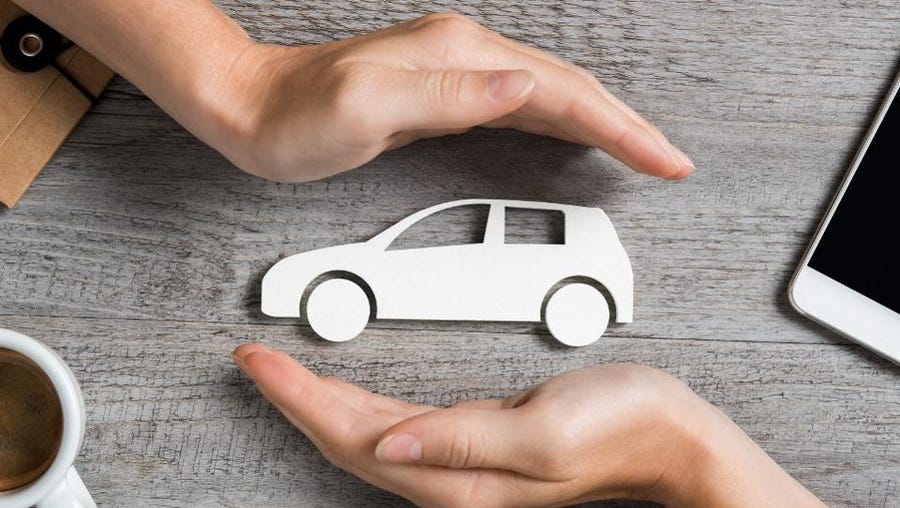When mortgages, auto loans, and other types of loans are given out by a lender, the term amortization is one that probably comes up during the course of conversation.
Yet due to so many other terms being mentioned here and there during the process, knowing exactly what amortization is and how it works may be confusing. To help with this, here’s how to understand auto loan amortization.
What is an Amortized Loan?
Simply put, amortization is the process of spreading out a loan so that it has a set amount of fixed payments. Thus, once the last payment is made according to the payment schedule, the loan is paid off.
When people have an auto loan, an amortized loan is one where the monthly payment will remain the same, with the amount of the payment being divided up into the loan balance, referred to as principal, and the interest, which is what the lender will be paid for the loan.
How Amortization Works
As stated, amortization means a loan payment consists of the principal and interest associated with the loan. According to Lantern by SoFi, when people take out a vehicle loan, auto amortization means the payment will remain the same month to month.
However, as each payment is made, people will be paying off their loan’s principal and interest in varying amounts each month. As the loan’s balance decreases, the amount of the payment applied to the principal increases, resulting in the loan eventually being paid off.
Sample Car Loan Amortization Schedule
In many instances, people can better understand amortization when they view an amortization table. Since such a table clearly shows how much of each payment is divided up between principal and interest, it also shows the remaining balance following each payment.
Upon viewing an amortization schedule, this can motivate people to make their payments, since they can easily visualize the reduction of their loan balance.
Types of Amortizing Loans
Along with auto loans, mortgages and personal loans are also examples of loans that use amortization. However, since some people have adjustable-rate mortgages, the rate may change now and then, resulting in increases or decreases in payments that impact the amortization schedule.
As for loans that do not get amortized, these include balloon loans, interest-only loans, and credit cards, which are known as revolving debt.
Benefits of Amortization
While people tend to make purchasing decisions of this nature based on whatever monthly payment they may have for a loan, amortization allows them to also see the interest applied to their loan.
This is typically a better indicator of the real cost of the loan, and should not be ignored. Along with this, amortization allows for easy comparison of lenders, makes it easier to choose among different loans, and can help when people are deciding whether or not to refinance an existing auto loan.
By learning all they can about auto loan amortization prior to pursuing and receiving a loan, individuals can choose the best option that meets their needs.
